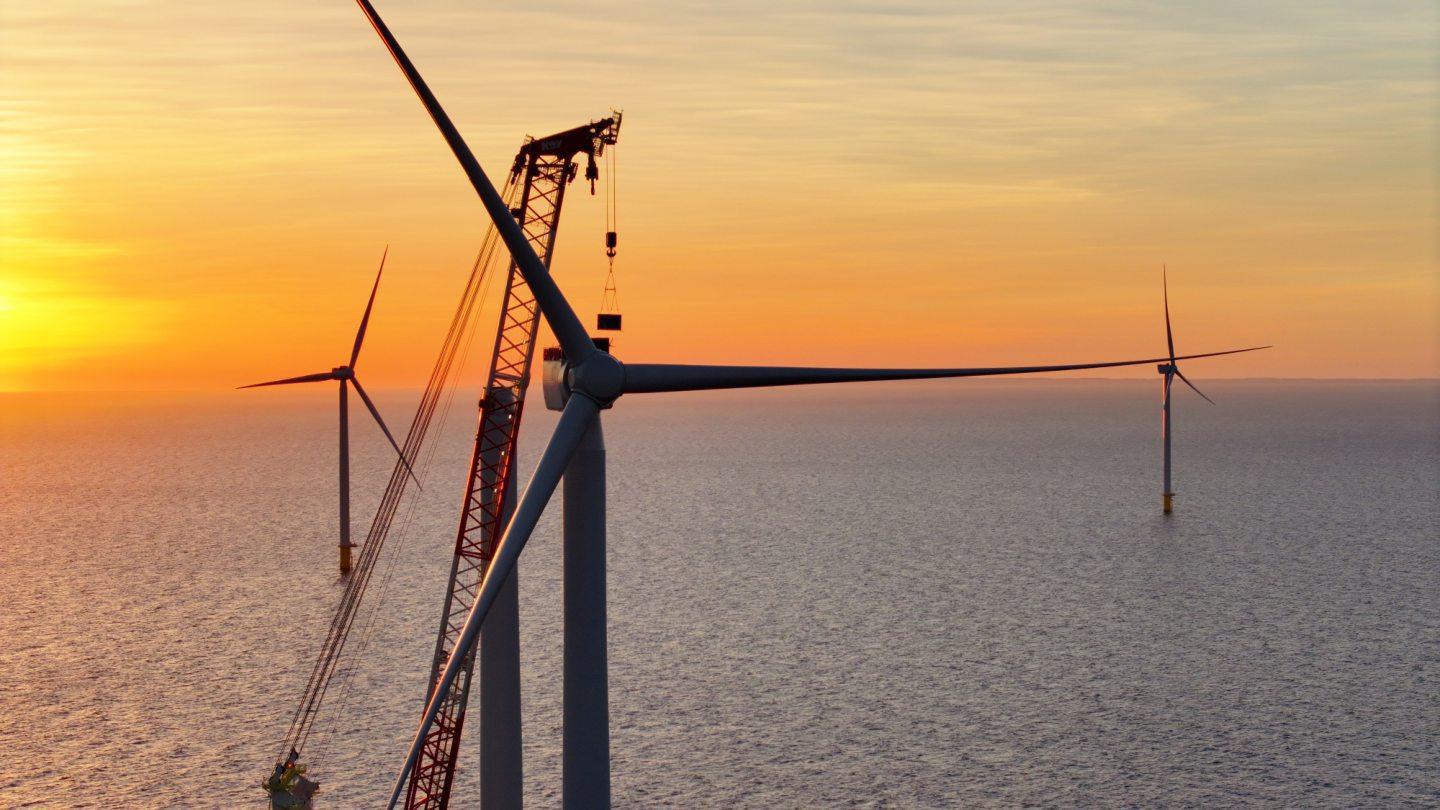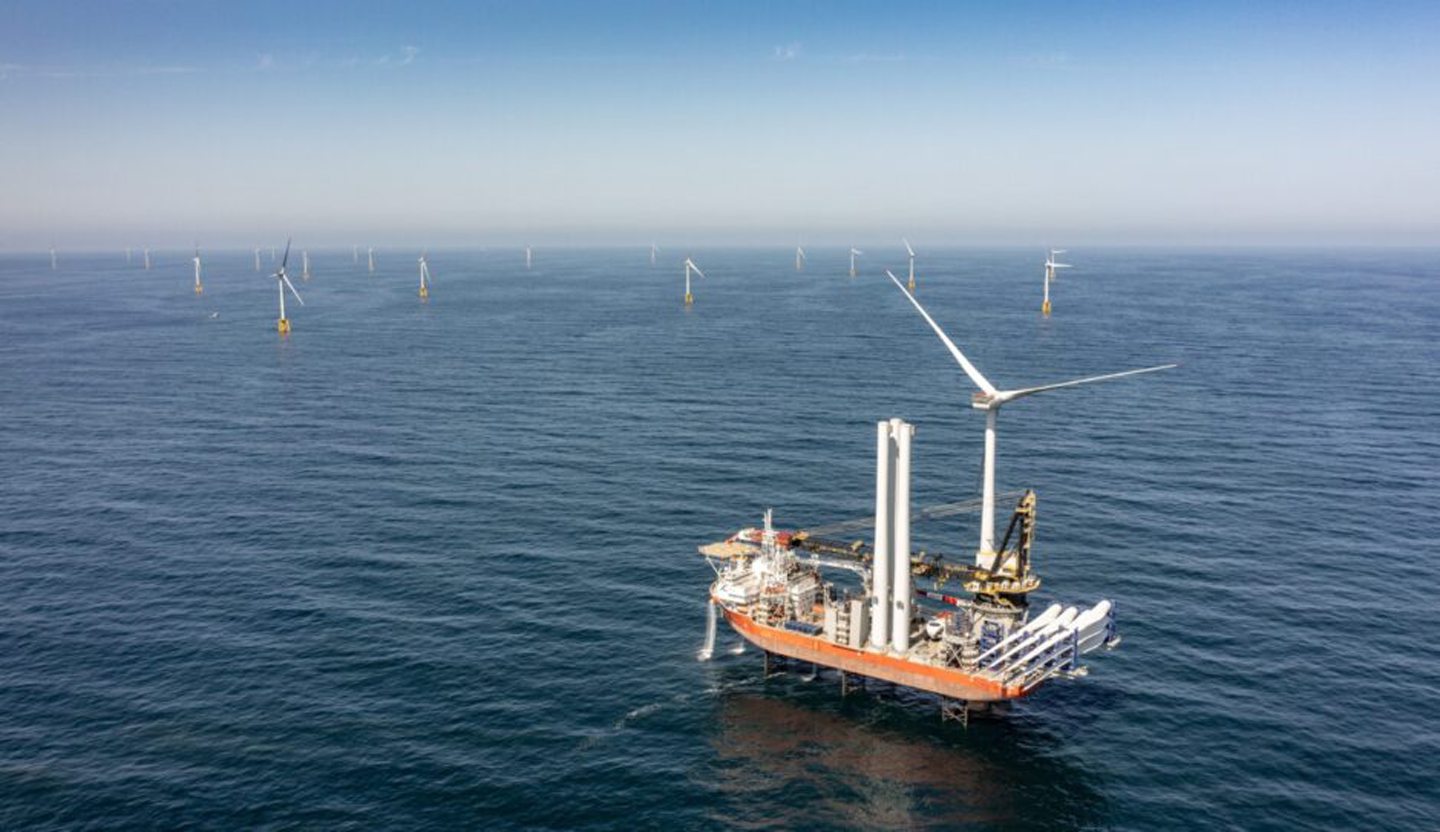
The UK government expects to make a decision on the introduction of zonal pricing by mid-2025, but what would it mean for Scotland if the plans go ahead?
In December, the Department for Energy Security and Net Zero (DESNZ) gave an update on one of the most contentious debates taking place within the UK energy sector.
On a day where Labour’s 2030 clean action plan grabbed most headlines, the government also provided more details on potential reforms under its review of electricity market arrangements (REMA).
Launched under the previous Conservative government, the REMA process is exploring reform options which could include splitting the UK into regional electricity markets.
In its Autumn update, DESNZ said no decision has been taken between zonal pricing or “reformed national pricing”, but confirmed the current status quo is “not an option”.
Any changes will take years for the newly formed National Energy System Operator (NESO) to implement, but the proposals have already caused a deep divide.
Renewable industry divided
On so many energy transition issues – transmission, grid connections, planning and consenting – much of the UK renewable energy sector is in agreement.
But the issue of zonal pricing has sparked heated debate and divided the sector amid concerns over the potential impact on renewable energy investment.
Proponents like Octopus Energy argue zonal pricing, also known as locational marginal pricing (LMP), will correct inefficiencies in the system and save consumers billions.
Meanwhile, the Energy Systems Catapult says zonal pricing is the “only option” that can efficiently integrate renewables onto the grid and “build the foundation for net zero”.
With the UK set to build significant offshore wind capacity off the coast of Scotland, transporting the electricity to the south will require huge investments in infrastructure.
Introducing locational incentives could encourage firms to build generation in areas where they can receive a higher price for electricity, mostly in the south of England.
This would reduce the need for future investments in overhead transmission lines and subsea cables, potentially avoiding protracted planning battles.
In addition, zonal pricing could lead to Scotland having the lowest power prices in all of Europe, facilitating energy intensive industries such as green hydrogen production.
But those against the reforms say zonal pricing poses a threat to investment and the ability of the UK to deliver on its climate targets.
Industry bodies like RenewableUK, Offshore Energies UK, Scottish Renewables and Make UK have urged DESNZ to rule out zonal pricing.
They argue the “radical change” will lead to increased volatility and higher capital costs, while making UK manufacturing less competitive.
Similarly, major firms like SSE and ScottishPower say it’s “time to move on” from the “distraction” of the zonal pricing debate.
Zonal pricing in Scotland
A 2023 report from FTI Consulting shows these concerns are not without merit.
Zonal pricing could lead to a 5.8 GW reduction in offshore wind capacity across Scotland as developers target the Humber and East Anglia instead, FTI found.
The same study found northern Scotland could see an increase in onshore wind and battery storage capacity.
Meanwhile, a ClimateXChange and University of Edinburgh study on zonal pricing found it could incentivise investment in flexible energy assets like battery storage.
Lower electricity costs could also attract new power intensive industries such as data centres or green steel, and make green hydrogen projects more attractive to investors.
Hydrogen produced in northern Scotland “could have some of the lowest costs in Europe”, the study said.
For Scottish hydrogen supply chains firms, zonal pricing could lead to significantly more work as developers seek to take advantage of cheap electricity prices for green hydrogen production.
Speaking to Energy Voice, Hydrasun hydrogen director Stuart Mitchell said zonal pricing would “absolutely” be a positive thing for Scotland’s green hydrogen sector.
But he cautioned policy makers will also need to address challenges around transportation infrastructure and support for industrial offtakers.
“Zonal pricing might be a big issue for some of that in terms of hydrogen production, but you can see the bits of the jigsaw, they’re not necessarily quite fitting together yet,” he said.
“But you can seem them developing and molding into shape, which is really quite encouraging.”
Overall, Mitchell said ensuring Scotland achieves its target of 34GW of offshore wind capacity would do “much more” for the green hydrogen sector.
Zonal pricing and decarbonisation
The ClimateXChange study also found that if zonal pricing is introduced successfully it “would not significantly affect the pace of decarbonisation of the electricity system”.
“In fact, implementation of LMP without appropriate accompanying mitigations could risk UK decarbonisation efforts through a hiatus in renewable generation investment,” the report stated.
“The main benefit of LMP is that it could reduce the cost of decarbonisation, especially in Scotland, where the price of electricity could decrease the most.”
But a recent LCP Delta study found the impact of zonal pricing depends heavily on what upgrades the UK makes to its grid infrastructure.
The study, commissioned by SSE, found the case for zonal pricing is “very sensitive to investment impacts”, with a potential £11bn benefit “being wiped out” by a 0.6% increase in capital costs.
Meanwhile, a 1% increase under NESO’s current grid plans would lead to zonal pricing potentially adding between £8bn and £19bn in costs to the system between 2030 and 2050.
LCP Delta partner Chris Matson said the study shows increased grid capacity and strategically locating assets reduces the potential benefits of zonal pricing.
NESO says zonal compatible with 2030 goals
However, NESO maintains introducing zonal pricing is compatible with the government’s clean power ambitions.
Appearing before a Westminster committee hearing in December, NESO chief executive Fintan Slye said the current system “isn’t suitable for a net zero world”.
“Our assessment of the options that are out there, and in particular at the moment the discussion is around zonal pricing versus national pricing, is that including a locational element like zonal pricing will deliver very significant benefits to consumers,” Slye said.
“However, we do need to recognise of course that that is a change, and it is a significant change to how the market works.
“To do that at a time where we’re also looking for private capital to make very significant investments in renewable technologies and carbon capture and storage, we need to make sure that government ultimately provide a really clear pathway on how the market develops.”
Slye said if the government introduces zonal pricing, it will need to change how the existing investor support mechanisms work alongside it at the same time.
“There are models around the world where zonal pricing and nodal pricing has been used and developed, and where renewables investments and generations investments thrive and flourish,” he said.
“This absolutely can be done, but I think it’s really, really important that it’s done in a very measured and sensible way.”
The government will need to provide sufficient clarity on the future of support mechanisms, and how they may be grandfathered in for existing developers, Slye added.
Government needs to make a decision ‘fast’
But while NESO remains confident zonal pricing is compatible with 2030 clean power targets, others are concerned about the impact on investment policies such as the Contracts for Difference (CfD) allocation rounds.
Stonehaven director of policy Adam Bell said without certainty on zonal pricing, investors will be unable to bid projects into future CfD rounds.
Bell said the longer it takes to make a decision, the more UK ministers “risk holding a party and having no-one turn up”, as was the case in the fifth allocation round (AR5).
He said the government has had “more than enough time to make a choice” since the REMA process launched in April 2022.
“In order to know what price to bid into an auction, investors need to be able to forecast their potential revenues,” he said.
“Under national pricing, investors can bid in a lower number per MWh as they can have confidence that they’ll be paid even if the grid is constrained.
“Under zonal pricing, investors can bid in a higher price to reflect unpaid constraints.”
Ongoing uncertainty
The uncertainty makes it “incredibly hard to assemble a bidding strategy” for renewable projects, Bell said.
“Without an early decision on locational pricing, the cost of [AR7] will be very high, and the cost of delivering [clean power 2030] will be higher than it has to be,” he said.
While the debate around zonal pricing will likely have a minimal impact on 2030 targets, any decision the government makes will lay the foundation for 2050 goals.
Other major economies are facing similar decisions, with Germany in the midst of its own contentious zonal pricing debate.
Europe’s largest economy faces a similar geographical split between its heavy industry located in the south and offshore wind producers in the north.
For Scotland, and the wider UK, any decision on zonal pricing will have far reaching implications for its energy system and for electricity consumers.
Three years on from the launch of REMA, the wait for that decision continues.
Recommended for you

 © Image: SP Energy Networks
© Image: SP Energy Networks © Supplied by NZTC
© Supplied by NZTC © Supplied by Ocean Winds
© Supplied by Ocean Winds © Image: SSE Renewables
© Image: SSE Renewables